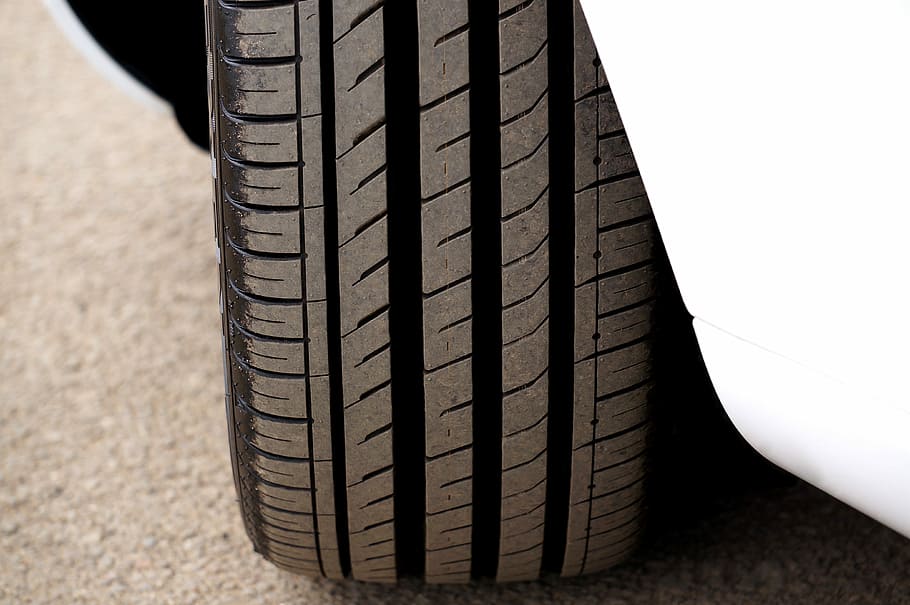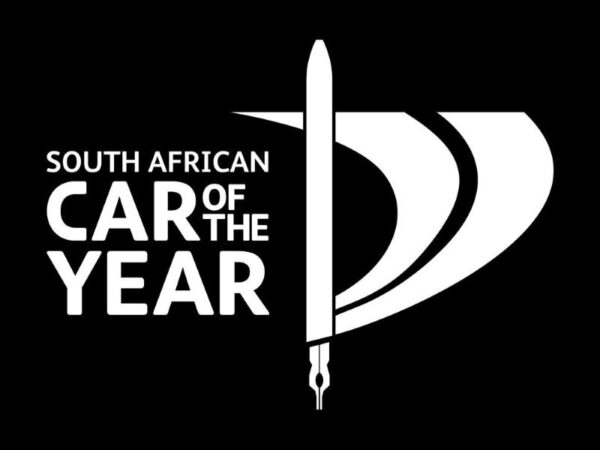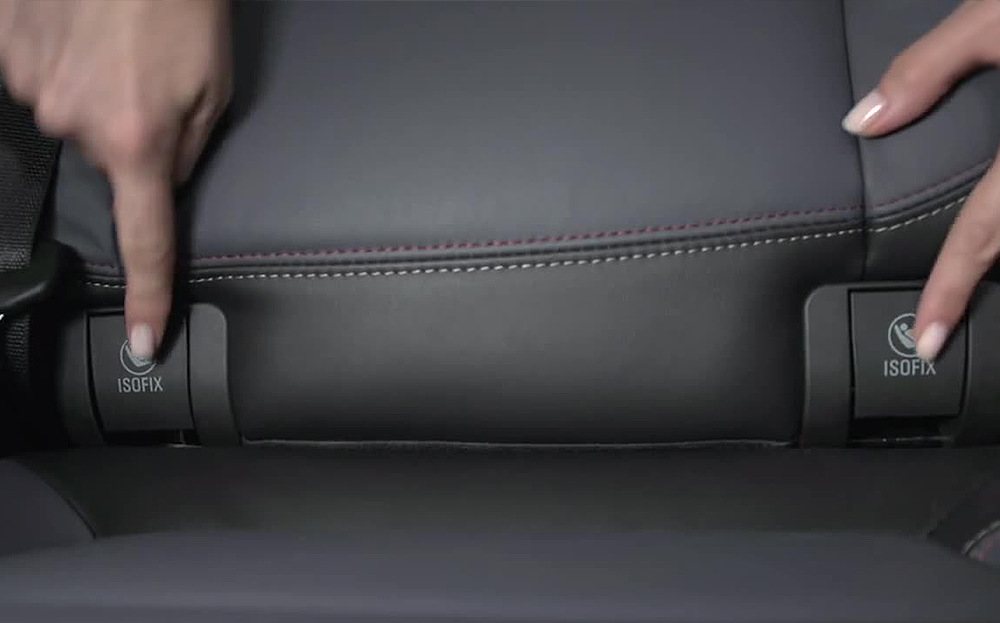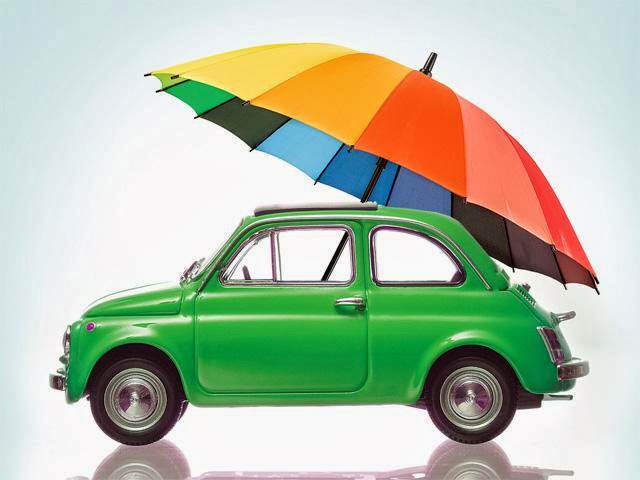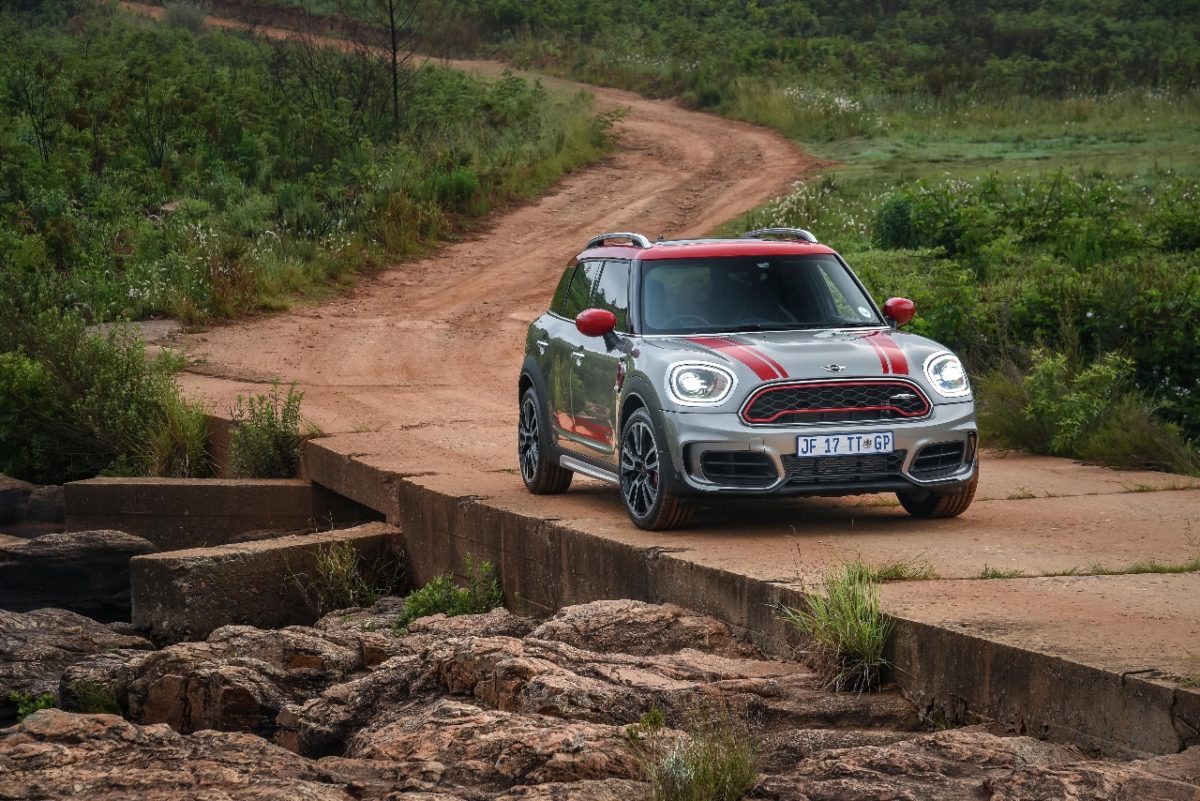VW apologizes for racist advert
Frankfurt – Volkswagen’s management board on Thursday apologised for the company’s publication on its Instagram page of a racist advert and said the clip was published because of a lack of cultural sensitivity rather than because of racist intentions.
“We can state that racist intentions did not play any role whatsoever. We found a lack of sensitivity and procedural errors,” Hiltrud Werner, Volkswagen’s management board member for integrity and legal affairs, said in a statement.
“Also on behalf of the Board of Management, I would like to formally apologise for hurting people as a result of a lack of intercultural sensitivity,” Werner said.
The ad shows an oversized white woman’s hand picking up a black man in a suit and moving him around before flicking him into a building and away from the yellow Golf car parked nearby.
We rightly stand accused of a lack of intercultural sensitivity here….
– Juergen Stackmann
Viewers were quick to point out that the tagline reading “Der neue Golf” (The new Golf) faded in in such a way that it appeared to first spell out the N-word in German.
Other social media users took offence at the sign above the building the man disappears into, which reads “Petit Colon”, a reference to colonialism.
VW replied to the flood of criticism on Instagram, insisting that the “origin of the people depicted is irrelevant” and that the company opposed “all forms of racism, xenophobia and discrimination”.
“As you can imagine, we are surprised and shocked that our Instagram story could be so misunderstood,” the statement said, adding that it would no longer run the ad. Petit Colon is a real cafe in Buenos Aires, Argentina, located near the Teatro Colon. In French the term translates into “small settler,” which has colonial undertones.
Juergen Stackmann, the man responsible for VW’s marketing, said that when he first saw the ad he thought it was fake.
“We rightly stand accused of a lack of intercultural sensitivity here and, as member of the Board of Management responsible for Marketing and After Sales, I take responsibility for that. I will personally ensure that training is given, a Diversity Board is consulted and controls are improved.”
Volkswagen has a history of blunders. In March last year the company’s supervisory board condemned remarks made by the company’s chief executive after he appeared to allude to a Nazi-era slogan.
At the time, Herbert Diess said “EBIT macht frei” before apologising for the comments and explaining he in no way wanted to draw a comparison to the Nazi-era slogan “Arbeit macht frei”, which appeared on the gates of Auschwitz during the Holocaust.
EBIT refers to a company’s earnings before interest and taxes and Diess had sought to emphasise that Volkswagen’s operational freedom would increase with higher profitability.




